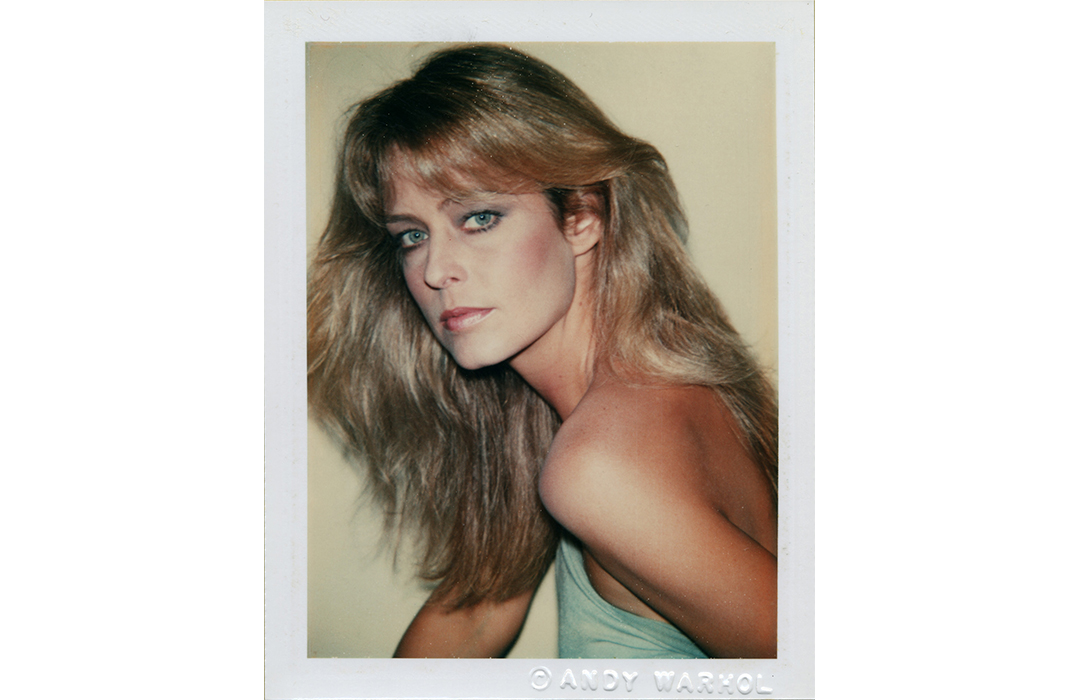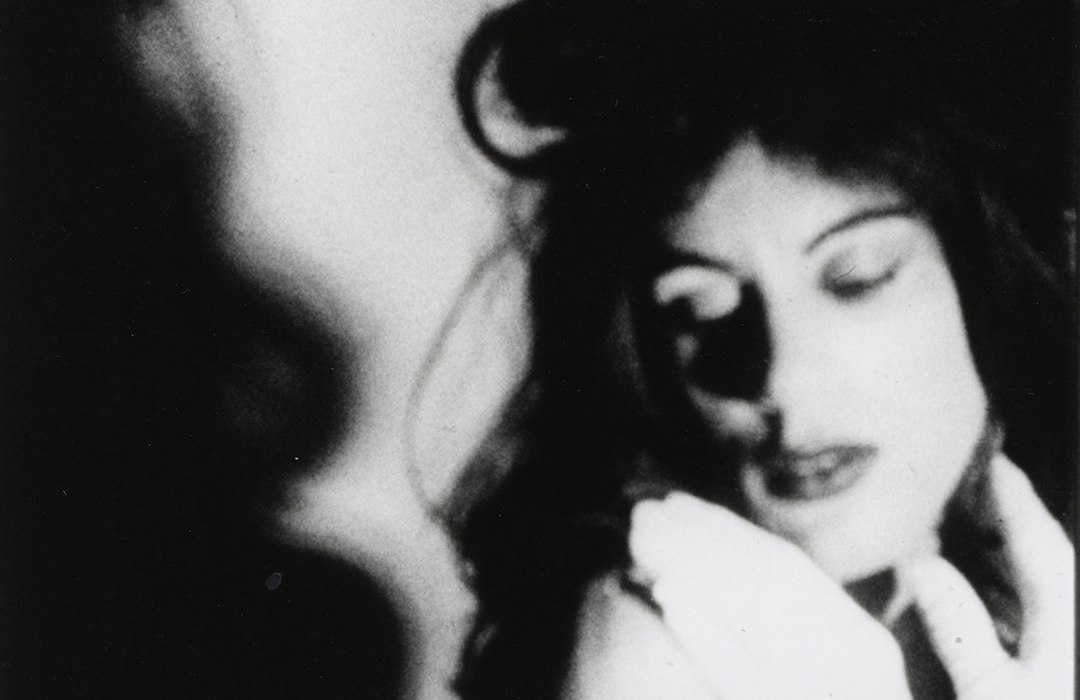They fill our social media feeds and peer out at us from the covers of glossy magazines: perfectly airbrushed faces of today’s most prominent actresses are everywhere. Celebrity culture pervades our society, and while many agree that our celebrity obsessions can be traced back to the 1950s and ’60s, others argue that it was Andy Warhol, the master of pop art, who revolutionized our collective notion of stardom.
“[Warhol] was kind of prophetic, and really, what he was doing with his films and his art anticipated the obsession with stardom and celebrity we have now,” says Jon Davies, curator of Andy Warhol: Stars of the Silver Screen, an exhibition produced in partnership with the Andy Warhol Museum in Pittsburgh that explores Warhol’s unrelenting fixation with stardom. “We can really see his influence in [today’s] reality television and social media,” says Davies.

Warhol is best known for his iconic silkscreen portraits of celebrities like Marilyn Monroe, Grace Kelly and Elizabeth Taylor, but his talents were broad; he also worked with film, had his own television show and founded Interview magazine, which still circulates today. This exhibition offers an overview of Warhol’s work across all mediums.
As obsessed as he was with the existing A-list celebrities (and his collection of voice recordings, photographs and autographs certainly prove that that he was), he also catapulted everyday people into stardom by moulding them into celebrities. Friends, artists and intellectuals regularly frequented Warhol’s Factory Studio in New York City, and often these peers would be incorporated into his films.
“What is compelling about Warhol’s work is that he gave visibility to people who weren’t visible and weren’t stars because of their class or because they were gay,” says Davies. “He was able to shine a spotlight on them and bring out the value within them.”

The exhibit will showcase some of the original screen tests Warhol conducted and will examine the creation of his “Superstars” (the label he gave to his flock of up-andcomers), while an interactive element will give visitors the chance to have their own screen tests done on site.
Technology and social media platforms, it seems, have democratized the once elusive Hollywood star system, offering everyday people a shot at stardom. “For better or for worse, it has become a universal aspiration,” says Davies, and regardless of whether celebrity obsession is something we should embrace or take caution from, it is an inalienable part of our everyday lives.
Andy Warhol: Stars of the Silver Screen runs October 30, 2015–January 24, 2016 at the TIFF Bell Lightbox in Toronto.
